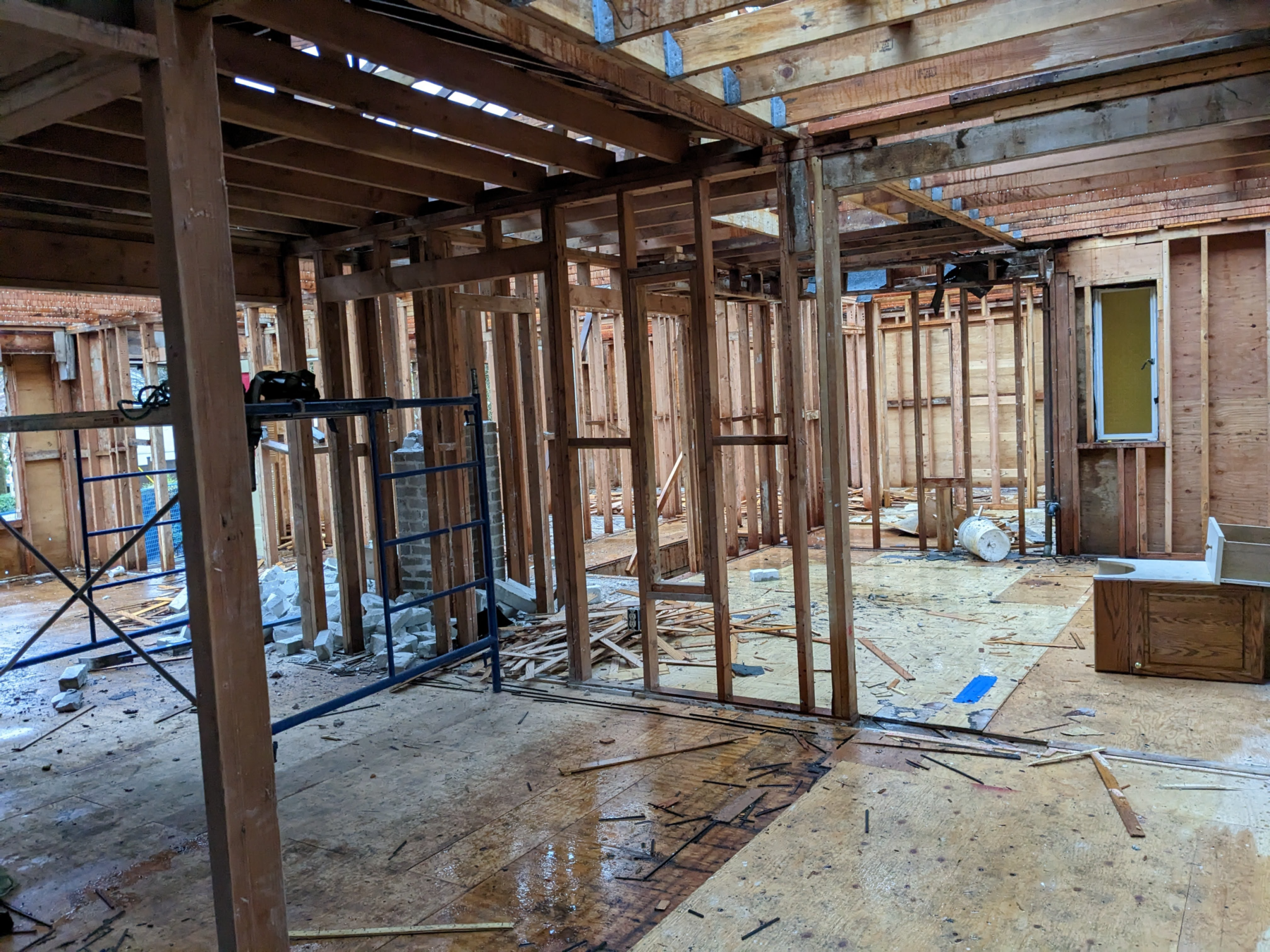Study shows massive benefits from deep energy retrofits
Carbon Wise followed work done to a home in North Vancouver.

A home that underwent a deep retrofit was the subject of a recent study. – Carbon Wise
Key Takeaways:
- Retrofitting can provide significant opportunities to lower a building’s embodied emissions compared to a new build.
- The slab and foundation walls demonstrated the largest carbon savings potential when reused.
- The operational emissions of 20 years of continued use for this home equals the embodied emissions of 4 new net-zero homes.
- The embodied emissions invested in upgrading the home through a deep energy retrofit or a full reconstruction can be paid back in 5 years or less by the energy savings of a new high-efficiency home.
The Whole Story:
Is it better for the planet to build a home from scratch or retrofit?
A recent case study conducted in North Vancouver, B.C., consulting firm Carbon Wise explored the benefits of deconstructing and retrofitting an existing home versus constructing a new building.
The goal was to determine which option yields a smaller carbon footprint and aligns with the Canadian Home Builders Association (CHBA) net-zero standard.” by “The goal was to determine which option yields a smaller carbon footprint when targeting the Canadian Home Builders Association (CHBA) net-zero standard.
Looking at embodied emissions
Traditionally, green building policies have prioritized operational emissions (energy use during a building’s lifetime). However, as energy efficiency improves, embodied emissions (those associated with material production and construction) become more significant.
Researchers used the Life Cycle Assessment (LCA) to investigate the complex relationship between embodied and operational emissions over time.
The study compared two options: demolishing the existing structure to build a new one, and doing a deep energy retrofit that attempts to reuse as much of the original material as possible. The results showed that retrofitting can provide significant opportunities to lower a building’s embodied emissions compared to a new build.

The authors explained that the key to this approach is the ability to design structures that make the best use of existing materials. In the case study, the most impactful elements of the home were the roof and foundation. The slab and foundation walls, in particular, demonstrated the largest carbon savings potential when reused.
Energy savings can come quicker than you think
The study noted that for homes with poor operational energy performance, net energy savings can be realized in a relatively short time frame through either demolition and reconstruction or deep energy retrofit. The embodied emissions invested in upgrading the home through a deep energy retrofit or a full reconstruction can be paid back in 5 years or less by the energy savings of a new high-efficiency home.
Researchers found that a deep retrofit, particularly one using carefully selected low-carbon materials, can result in significantly below-average embodied emissions (120 kg CO2e/m2) compared to the average of 193 kg CO2e/m2 for a new home in the city of Vancouver. Concrete is the highest emitter, and minimizing its use can result in substantial emissions savings (in this case, approximately 8 tonnes of CO2e).
The study found that with simple material substitutions, a 40-80% reduction in embodied emissions can be achieved. For instance, the case study highlighted that the careful selection of low-carbon building materials and the reuse of exterior walls, interior walls, and other components played a crucial role in reducing the environmental impact.
Results don’t mean it’s a magic bullet
The researchers noted their conclusions may vary in regions where electricity is not generated from renewable sources. Nonetheless, the case study highlights the importance of considering both operational and embodied emissions when aiming for a sustainable and energy-efficient home.
According to the study, the choice between renovating and rebuilding is not a one-size-fits-all solution, but understanding the environmental impacts of each can inform more responsible decision-making in residential construction. By focusing on both energy efficiency and the reuse of existing materials, homeowners can significantly reduce their carbon footprint while also creating a more sustainable future.
